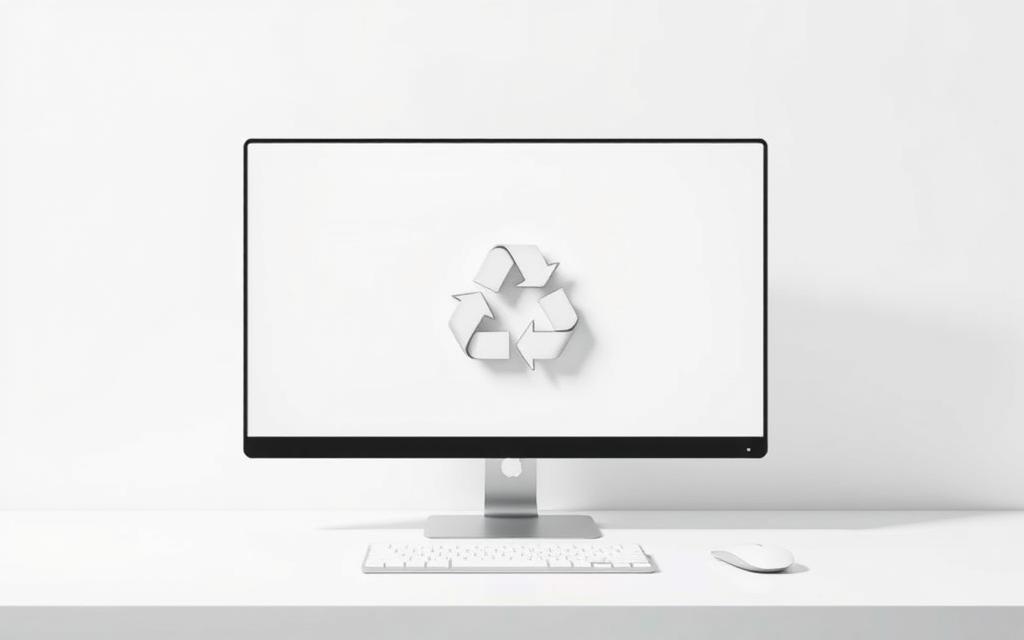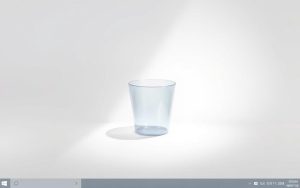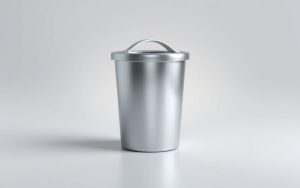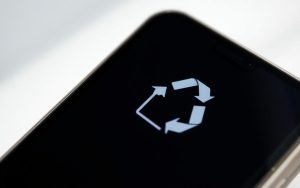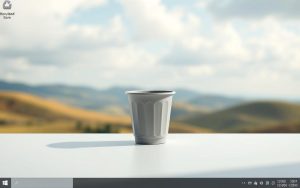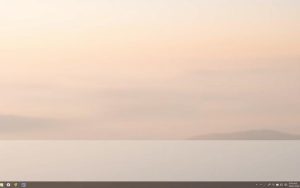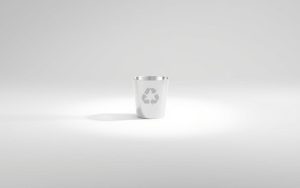Table of Contents
The Recycle Bin is a vital feature in Windows systems, acting as temporary storage for deleted files. While it serves an essential purpose, some users prefer a cleaner desktop by hiding its icon.
Removing the Recycle Bin from your desktop doesn’t delete it permanently. Instead, it simply reduces visual clutter, creating a more organized workspace. This process is compatible with various Windows versions, including 11, 10, 8, and 7.
This guide explores three distinct methods to achieve this. However, it’s crucial to note that modifying system settings carries potential risks, such as accidental data loss. Always ensure you have a reliable file recovery solution in place.
By following these steps, you can enjoy a streamlined desktop interface while maintaining access to your deleted files when needed.
Introduction
Windows users often interact with the Recycle Bin daily. This feature is a core component of the Windows operating system, not standalone software. By default, its icon is placed in the upper-left corner of the desktop, making it easily accessible.
Many users choose to hide the Recycle Bin for aesthetic reasons or to organize their workspace better. It’s important to note that hiding the icon doesn’t permanently delete it or its contents. The Recycle Bin continues to store deleted files temporarily, allowing for recovery if needed.
There are two main options for managing the Recycle Bin: temporary removal or permanent deletion. Temporary removal involves hiding the icon, while permanent deletion requires advanced system edits. For added safety, tools like EaseUS Data Recovery Wizard can serve as a reliable backup solution.
Editing system files, such as through the registry, requires technical caution. Always ensure you have a recovery plan in place to avoid accidental data loss. By understanding these options, users can maintain a clean desktop without compromising their ability to recover important files.
Methods to Remove the Recycle Bin
Customizing your desktop by removing the Recycle Bin icon is simple and effective. Whether you prefer a minimalist workspace or need to manage system icons, these methods cater to various Windows versions. Below, we explore three approaches to achieve this.
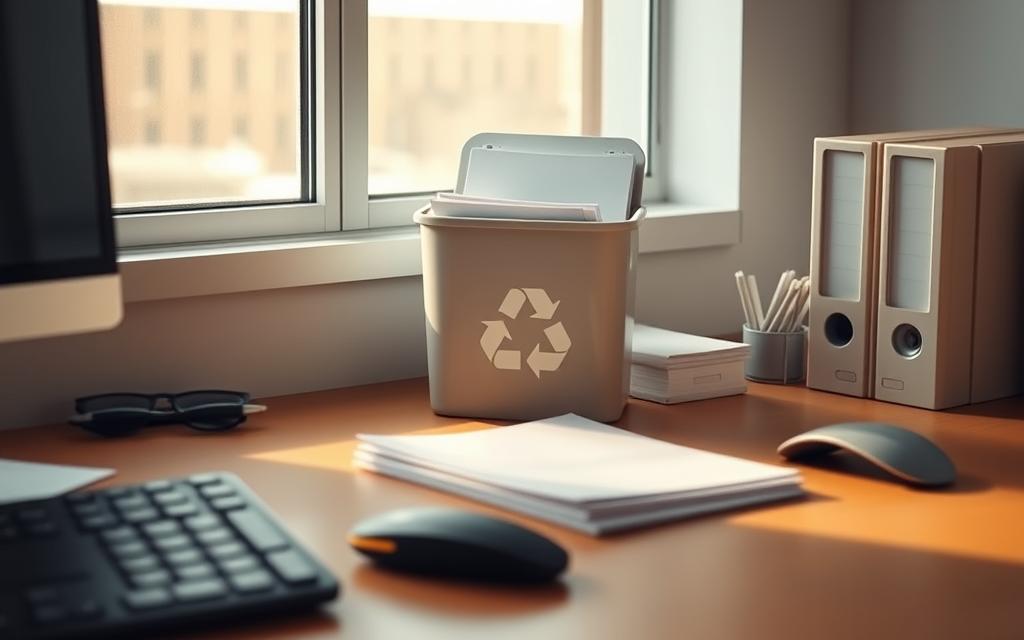
Method 1: Remove Recycle Bin from Desktop in Settings
The simplest way to hide the Recycle Bin is through the Windows Settings menu. Navigate to Personalization > Themes > Desktop icon settings. Uncheck the Recycle Bin option and click Apply. This method is user-friendly and reversible.
Method 2: Remove Recycle Bin from Desktop with Registry
For advanced users, the Windows Registry offers a more permanent solution. Open the Registry Editor and navigate to HKEY_LOCAL_MACHINE\SOFTWARE\Microsoft\Windows\CurrentVersion\Explorer\Desktop\NameSpace. Delete the Recycle Bin key. Exercise caution, as incorrect edits can affect system stability.
Method 3: Hide Recycle Bin with Local Group Policy Editor
This method is ideal for Windows Pro and Enterprise editions. Open the Local Group Policy Editor and navigate to Administrative Templates > Desktop. Enable the Remove Recycle Bin icon policy. This approach is particularly useful in enterprise environments.
| Method | Ease of Use | Reversibility | Best For |
|---|---|---|---|
| Settings | Easy | Yes | All Users |
| Registry | Advanced | Yes (with caution) | Tech-Savvy Users |
| Group Policy | Moderate | Yes | Pro/Enterprise Users |
How to Recover Deleted Files
Losing important data doesn’t have to be permanent with modern recovery solutions. Even after files leave the Recycle Bin, they often remain on your system until overwritten. This residual data makes data recovery possible with the right tools and techniques.
When a file is deleted, the operating system marks its space as available but doesn’t erase it immediately. This means the file can often be retrieved using specialized software. For example, EaseUS Data Recovery Wizard offers a 99.7% recovery rate, making it a reliable choice for retrieving lost data.
- Scan: The software searches for recoverable files on your system.
- Preview: You can view the files before recovery to ensure they’re intact.
- Save: Recovered files are saved to a secure location to prevent overwriting.
Alternative methods include using Windows File Recovery or integrating cloud storage solutions like OneDrive. These options provide additional layers of protection for your files. For more details, check out this guide on how to recover Recycle Bin files.
To prevent future data loss, consider these best practices:
- Regularly back up important files to an external drive or cloud storage.
- Increase the Recycle Bin size to hold more data before automatic deletion.
- Use recovery software like EaseUS as a proactive measure.
By understanding these methods, you can ensure your data remains safe, even if it’s permanently deleted from the Recycle Bin. Modern tools and practices make it easier than ever to recover and protect your valuable files.
Conclusion
Managing your workspace efficiently often involves customizing system icons. The three methods discussed—using Settings, the Registry, or the Group Policy Editor—offer varying levels of complexity. Each method ensures the Recycle Bin remains functional while keeping your desktop clutter-free.
These solutions are compatible with multiple Windows versions, from 7 to 11. Whether you’re a casual user or a tech-savvy professional, there’s an option tailored to your needs.
For added security, consider tools like EaseUS Data Recovery Wizard to safeguard your files. Regular backups and system maintenance further enhance long-term data protection.
Balancing customization with functionality ensures a clean, efficient workspace without compromising essential features. A well-organized desktop not only improves productivity but also simplifies system management.
FAQ
Can I permanently delete the Recycle Bin icon from my desktop?
Yes, you can remove the Recycle Bin icon by adjusting settings in the Personalization menu or using the Registry Editor for a more permanent solution.
Will removing the Recycle Bin delete my files?
No, removing the icon from the desktop does not delete any files. It only hides the shortcut. Your files remain safe in the Recycle Bin.
How do I restore the Recycle Bin icon after removing it?
You can restore it by going to Desktop Icon Settings under Personalization in the Settings app and re-enabling the Recycle Bin option.
Is it possible to hide the Recycle Bin without deleting it?
Yes, you can hide the Recycle Bin using the Local Group Policy Editor or by modifying settings in the Registry Editor without deleting it permanently.
What happens if I delete files after removing the Recycle Bin icon?
Deleted files will still go to the Recycle Bin, even if the icon is not visible on the desktop. You can access it through File Explorer.
Can I customize the Recycle Bin icon on my desktop?
Yes, you can change the icon by accessing Desktop Icon Settings and selecting a new icon from the available themes or custom options.


